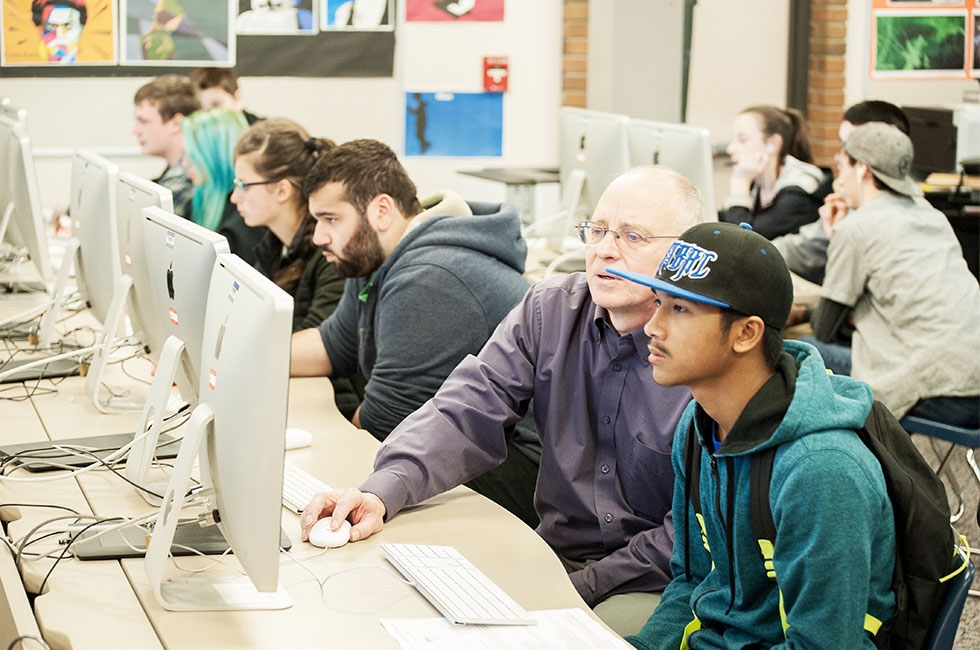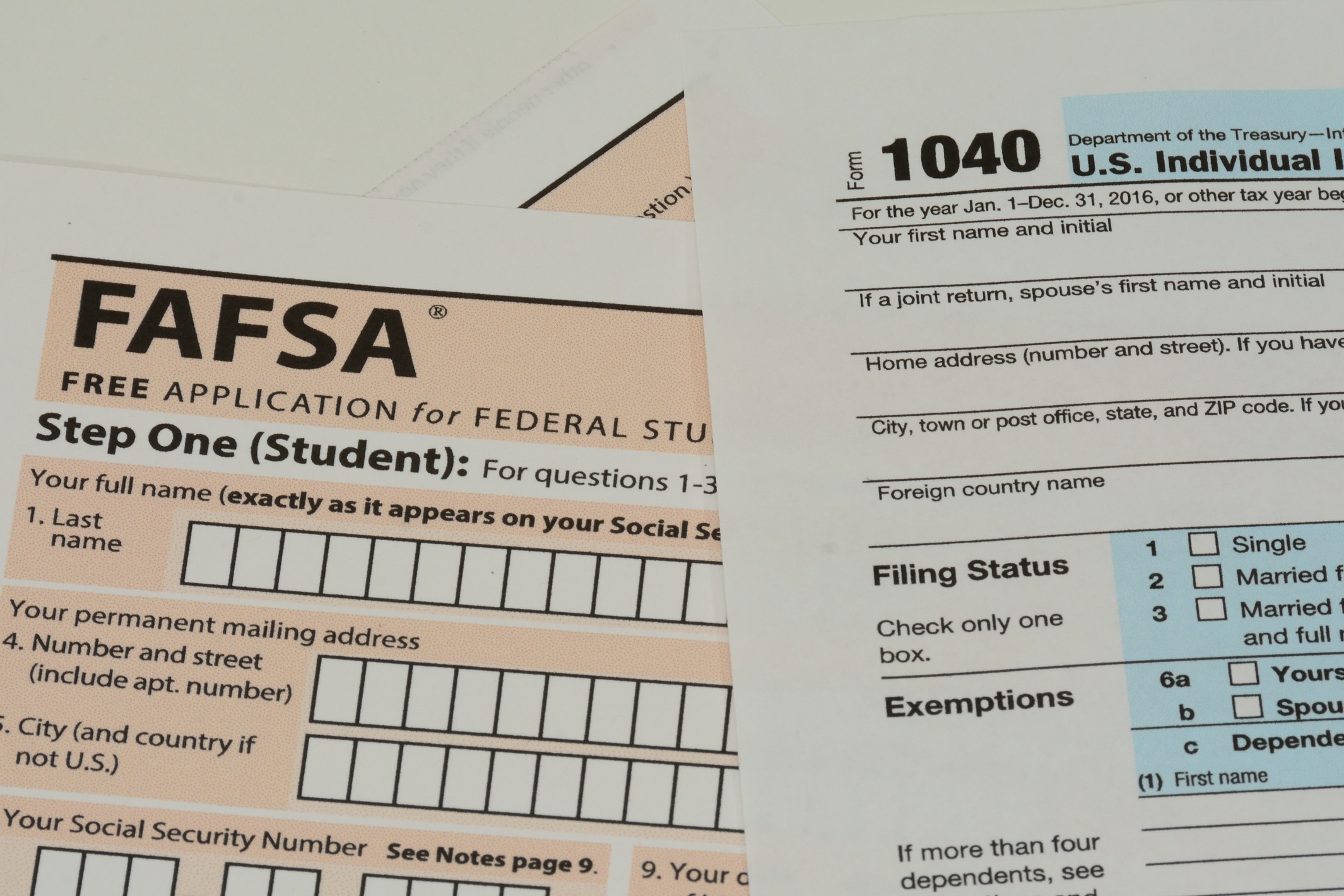
American Indian students are eligible to apply for grants or scholarships that will pay for college. This may include tuition, books, and any other expenses. These programs might be able to assist American Indians in pursuing a five-year degree. This funding is only available to students who are enrolled in a semester-long course load of at least twelve credit hours.
Pell Grants
If you are a Native American student, you should start preparing to apply for college grants even before your senior year in high school. Gather all required information including financials and tribal ID cards. You can also increase your chances to win a scholarship by volunteering in your local community during high school.

Native Americans have the right to apply for federal grants, including the Pell Grant. While most federal grants for Native American students go to the Bureau of Indian Affairs (although some grants are open to everyone), most of them are administered by that agency. PELL GRANT is the foundation of this federal grant program. This grant is meant to support students in the most dire financial circumstances. To be eligible, your annual household income must not exceed $20,000 Pell Grants could be worth up $4,000 per semester for a full-time student or up to $2,000 per calendar year for a part time student. The grant can be renewed each year once you have been awarded it.
Hopi Tribe Priority Scholarship
Hopi Tribe established a scholarship program that will help Hopi students continue their education. This scholarship is awarded to students who are Hopi and intend to pursue a post-secondary degree, baccalaureate degree, or graduate degree. Students pursuing professional degrees can also be eligible for an additional grant from the Hopi Tribe. This grant may be available to Hopi students who are not eligible for any other grants or part-time students.
To apply for this scholarship, students must fill out a Financial Needs Analysis form. This form must be completed for each semester or year of college and provides information about the cost of Arizona college. It also includes information on the available resources for students.
Calista Scholarship Fund
Calista Scholarship Fund, a non-profit organization, provides college funding to Native American students. This scholarship is open to Alaska Native tribal members who are enrolled in either undergraduate or graduate programs. The Foundation offers two types scholarship: one for college expenses and another for individual needs.

Calista Scholarship Fund grants range from $500 to $1000. Students need to complete an online application in order to be eligible. Students will need to submit their high school transcript (or GED), birth certificate, and letter of acceptance from a college/university. You must also send a 500 word essay outlining your educational and career goals and why you want to study at a college or university. The completed application form should be returned to Calista Scholarship Fund 301 Calista Court Ste. A, Anchorage AK 99207.
FAQ
What is vocational school?
Vocational school programs are designed to prepare individuals for specific jobs. They might also provide training in job-related skills and general education.
Because it helps young people to develop the skills that they need for success in life, vocational education is an integral part of society. It provides students with high-quality learning experiences.
A vocational school provides a variety options for its students. They can choose from certificates, diplomas or degrees as well as apprenticeships, certificates, diplomas or degrees. Vocational schools teach academic and practical subjects, such as math, science, English, social studies, art, music, physical education, computer technology, business, health care, and others.
How do you apply to college?
There are many different ways to apply to college. Get started by talking to your high-school guidance counselor or admissions representative. Online applications are popular among high schools. You can also get in touch with local colleges. Most colleges accept applications online through their websites.
If you apply by mail, you will need fill out an application and to send copies of all necessary documents. You have the opportunity to express why you wish to attend this college and how it will benefit you. The personal statement helps you to communicate your motivations and goals to the admissions committee.
Our website contains sample essays you can download.
What is the average salary of a teacher in early childhood education? (earning potential)
A teacher in early childhood earns an average salary of $45,000 per annum.
But, salaries in certain areas are more than average. Teachers who teach in large urban areas typically earn more than teachers working in rural schools.
Salaries also depend on factors like how large the district is, and whether or non-degree-holding teachers.
Teachers start off making less money than other college graduates simply because they don’t have much experience. Over time, however, their wages can increase dramatically.
What is the main difference between schooling and college?
Schools are typically divided into classes or grades with a teacher who teaches students. Colleges offer more specialized programs, and many include university-level classes. The majority of schools focus on core subjects, while colleges offer more specialized programs. The curriculum at both levels is designed to prepare students for further study at higher levels.
Do I want to specialize in one area or should I branch out?
Many students prefer to be a specialist in one subject (e.g. English, History or Math) rather than pursuing multiple subjects. But, you don't always have to specialize. You could, for example, choose to specialize in surgery or internal medicine if you are considering becoming a physician. You could also choose to specialize in family practice, pediatrics, gerontology or neurology. A business career could include sales, finance and marketing. You have the freedom to choose.
Statistics
- They are also 25% more likely to graduate from high school and have higher math and reading scores, with fewer behavioral problems,” according to research at the University of Tennessee. (habitatbroward.org)
- Think of the rhetorical power of nineteenth-century abolitionist Harriet Beecher Stowe, Martin Luther King, Jr., or Occupy Wall Street activists with their rallying cry of “we are the 99 percent.” (bostonreview.net)
- Globally, in 2008, around 89% of children aged six to twelve were enrolled in primary education, and this proportion was rising. (en.wikipedia.org)
- “Children of homeowners are 116% more likely to graduate from college than children of renters of the same age, race, and income. (habitatbroward.org)
- Among STEM majors, that number is 83.5 percent. (bostonreview.net)
External Links
How To
Why homeschool?
When choosing whether to homeschool or send your child to school, there are several factors to consider.
-
What kind of education would you like for your child? Are you seeking academic excellence? Or social skills development for your child?
-
How involved would you like to be in the education of your child? Are you interested in keeping up with what your child does? Would you rather keep your child informed?
-
Are your children special? How can you help your child?
-
Are you able to manage the schedule of your child? Can you make a commitment to your child's education at home every day of the week?
-
What types of subjects will you cover? Math, science, language arts, art, music, history, geography, etc. ?
-
How much do you have to pay for your child's education
-
Is your child old enough?
-
Where will you house your child? This includes finding a space large enough for a classroom, as well as providing adequate facilities such as bathrooms and kitchens.
-
What is the age of your child?
-
When is your child supposed to go to bed?
-
When does he/she wake-up?
-
What is the time it takes to get from point A and point B?
-
How far away is your child's school?
-
How far is it from your home to your child's school.
-
How will your child get to and from school?
-
What are some of these benefits?
-
What are the drawbacks?
-
Who will watch your child while he/she's outside?
-
What are your expectations from your child?
-
Which discipline will you choose?
-
Which curriculum will you use for your studies?
There are many reasons people choose to homeschool their kids. Some of these reasons are:
-
Your child might have learning disabilities that make it difficult for him/her to attend traditional schools.
-
You wish to offer an alternative education to your child.
-
You would like more flexibility with your scheduling.
-
Avoid high tuition fees
-
You feel your child is getting a better education than you could in a traditional school.
-
You believe you are better at teaching your child than a teacher in traditional schools.
-
You don't like the way the school system works.
-
You are uncomfortable with the rules and regulations in the school system.
-
You want your child with a strong work ethic.
-
You want your child to be able to choose the courses that interest them.
-
You want individual attention for your child.
Some other benefits of homeschooling include:
-
There's no need to be concerned about books, uniforms pencils, paper or supplies.
-
You can tailor your child's education to suit his/her interests.
-
Homeschooling allows parents to spend quality time with their kids.
-
Homeschooled students tend to learn faster because they are not distracted by peers.
-
Homeschoolers often score higher on standardized tests.
-
Families who homeschool tend to be happier in general.
-
Homeschoolers are less likely to drop out.